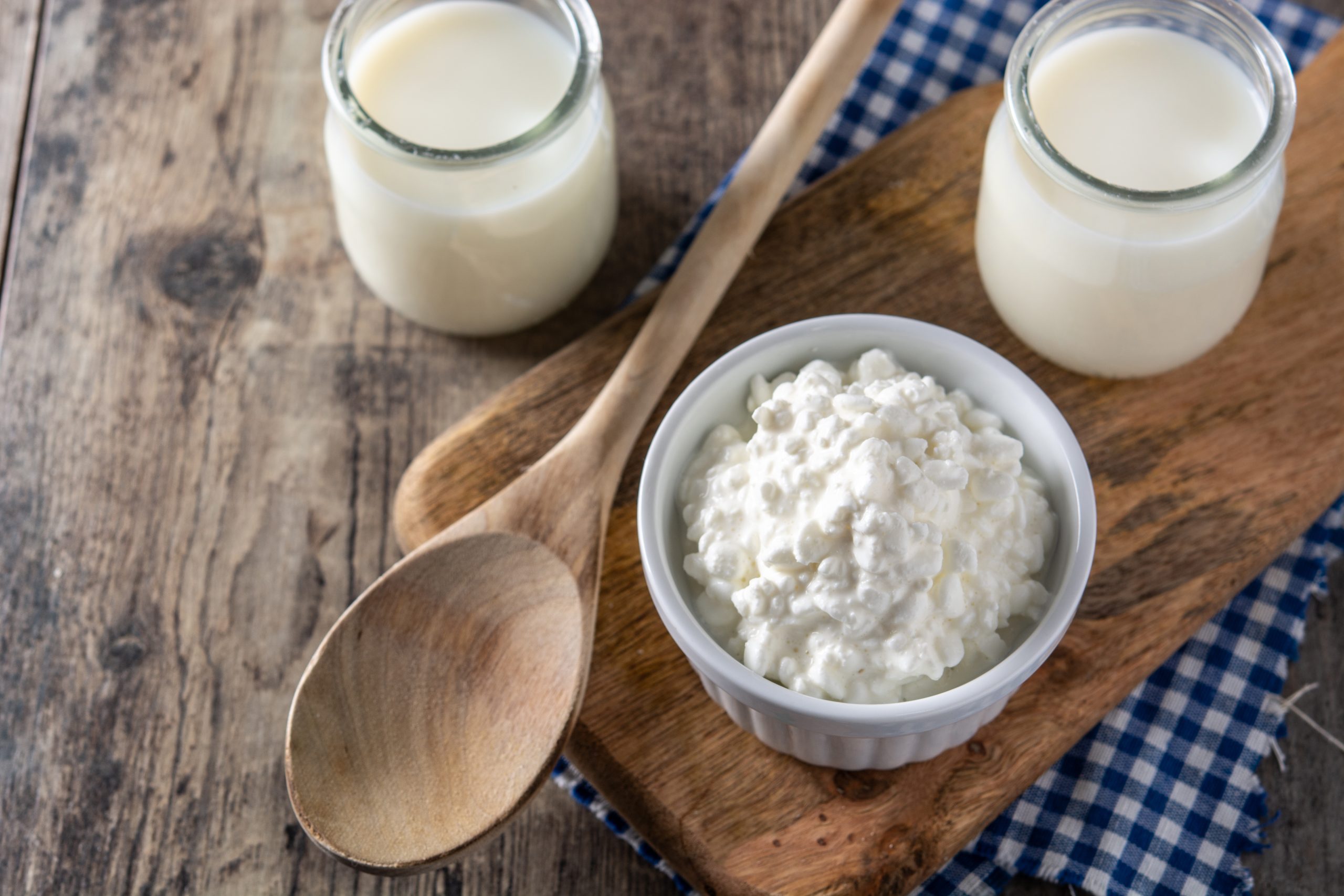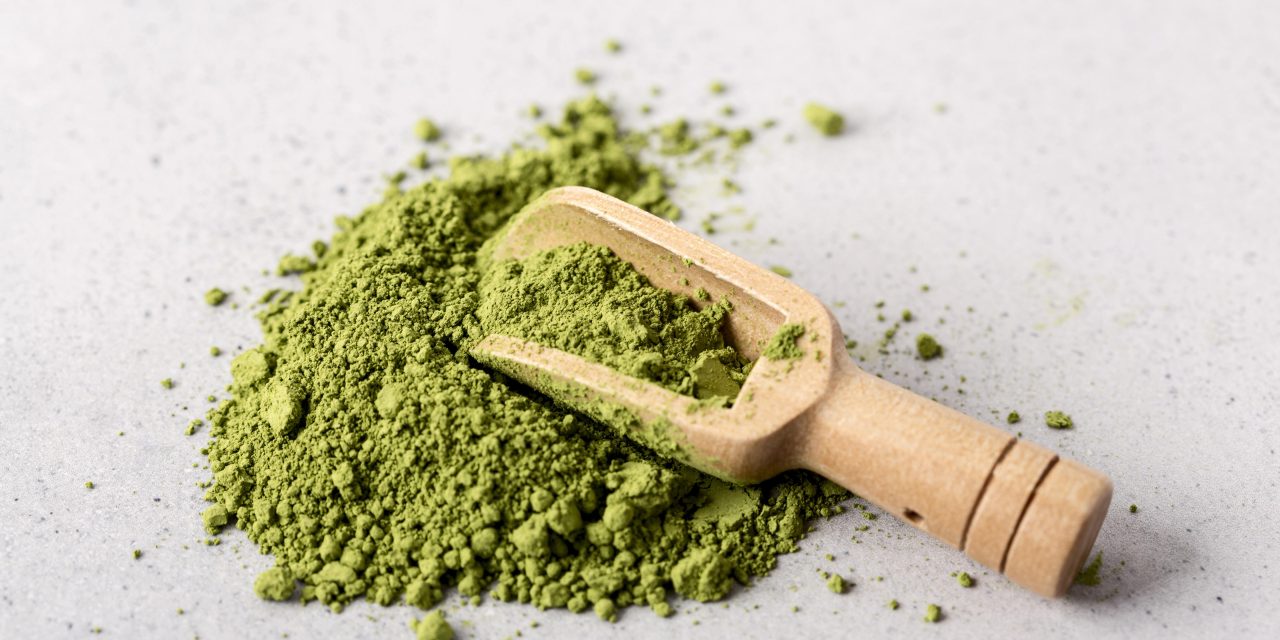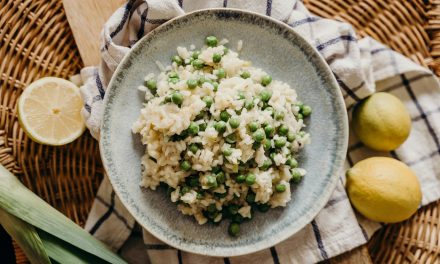What makes a food “functional” – and why does it matter? Let’s learn more
Functional foods have become increasingly popular on supermarket shelves, promising health benefits beyond traditional nutrition. But can these modified, souped-up foods really benefit your family’s health?
Quick Read:
- It’s easy to source most functional foods; think fruit, vegetables, nuts, and wholegrains.
- Spend some time reading food labels when shopping for groceries. It’s a simple way to make healthier food choices.
- These foods typically contain helpful substances such as antioxidants, probiotics, vitamins, minerals, and fibre that elevate your overall health and wellbeing.
What are functional foods?
Functional foods are created to offer more than basic nutrition. These foods are altered or modified to contain extra nutrients and healthy ingredients. For example, milk fortified with additional calcium, yoghurt enriched with probiotics, or wheat flour containing folic acid. The idea is to enhance everyday foods for better health outcomes, such as stronger bones, improved digestion, or enhanced immunity.
The idea of functional foods isn’t new. Many countries have food fortification programmes that add important vitamins and minerals to everyday staples to help prevent nutrient deficiencies.
For example, “golden rice” enriched with Vitamin A and iodised salt have become common in lots of places. In South Africa, the Food Fortification Programme, launched in 2003, enriches staple foods like maize, rice, and flour to fight malnutrition and support better health. Countries like the US, India, Brazil, Kenya, and Nigeria also add nutrients to items like flour, cooking oil, and milk to help keep people healthy, especially in areas where it’s difficult to enjoy a varied diet due to lack of access and other resources.
Are these foods always helpful?
They can be a great way to add extra nutrients to your diet, but it’s important not to rely on them completely. Just because something is labelled as “functional” doesn’t always mean it’s a guaranteed health booster. Some food items may be heavily processed or contain added sugar, which can actually reduce their overall benefit.
Also, not all functional foods work the same way for everyone. For example, probiotic yoghurts can be great for gut health, but they might cause bloating or digestive problems for some people, especially if you have a sensitive stomach.
So, it’s always a good idea to read the labels, know what you’re eating, and focus on a balanced diet that includes a range of whole, nutrient-rich foods. That way, you’re not just getting one set of benefits, but a broader range of nutrients to support your overall health.

Making healthier food choices
When picking fortified foods, it’s a good idea to choose ones with real, proven benefits. Not all fortified products are the same – some might come with a higher price tag without much extra value.
Try these functional food friends
- Garlic may be smelly but it’s certainly helpful! Garlic is known for its natural antibiotic and antiseptic properties, and may help lower blood pressure, reduce cholesterol, and even support blood sugar control. Add it to your meals for a simple health boost.
- Packed with lycopene, tomatoes may help reduce the risk of prostate cancer. Cooking them can make this powerful antioxidant even easier for your body to absorb.
- Cruciferous vegetables like broccoli, cabbage, and turnips are packed with nutrients that may support your body’s natural defenses against colon cancer. Try adding them to your salads or stir-fries for a health boost.
- Often called the “miracle tree,” moringa is packed with vitamins, minerals, and antioxidants. It may help reduce inflammation, give your immune health a helping hand, and boost energy levels. Add it to smoothies or sprinkle it over your favourite dishes for a nutrient boost.
- Kefir is a probiotic-rich, fermented drink that’s good for gut health. It’s full of beneficial bacteria that can support digestion, boost immunity, and even improve bone health. Enjoy it on its own or blend it into a creamy smoothie.
Images: Freepik





















